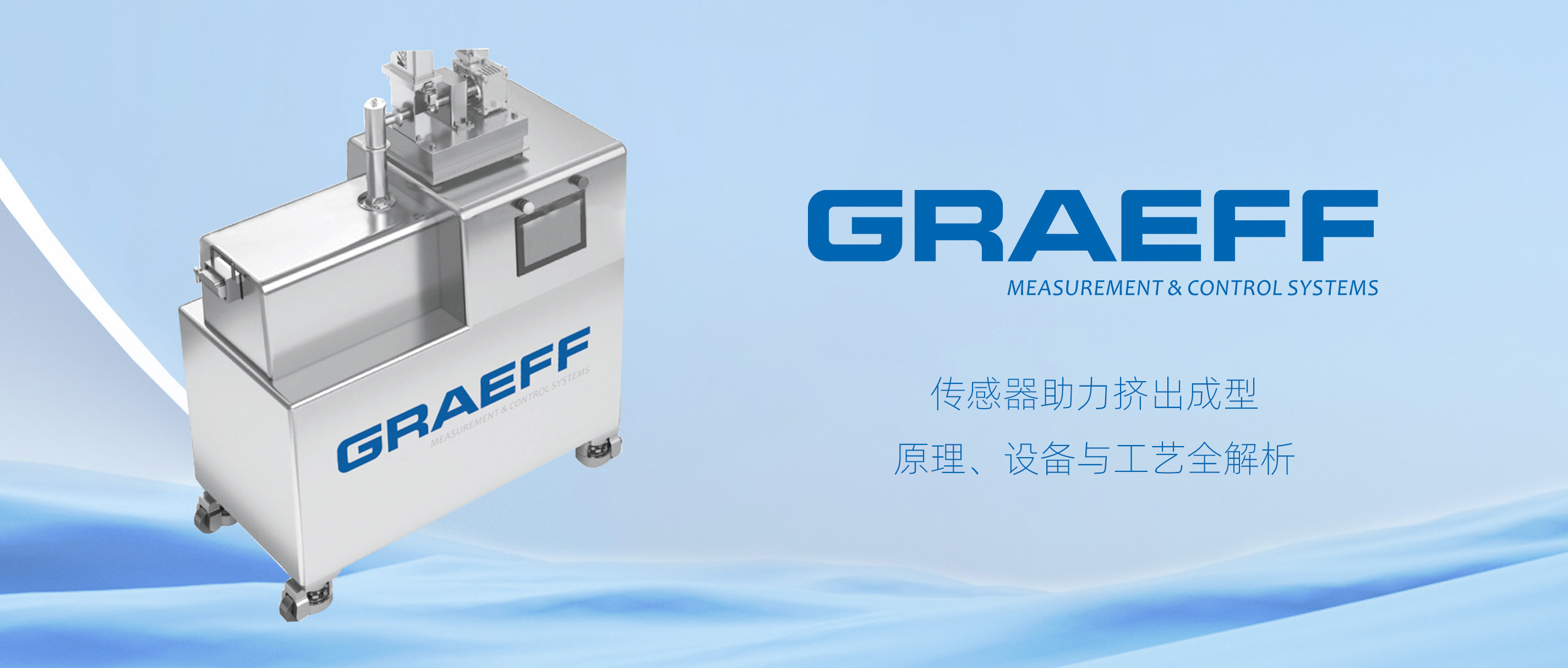

在现代塑料加工领域,挤出成型技术因其高效、连续的特点,已成为不可或缺的重要工艺。无论是日常生活中的塑料管材、薄膜,还是工业领域的电线电缆包覆层,挤出成型都发挥着关键作用。在挤出设备中,传感器作为精准监测和控制的核心部件,至关重要。它们能够实时监测和控制挤出过程中的各种参数,确保生产效率和产品质量。(注:文中部分图片来源于网络,侵删)
In the modern plastic processing field, extrusion molding technology has become an indispensable and important process due to its high efficiency and continuous nature. Whether it is plastic pipes and films in daily life or the coating layers of wires and cables in the industrial field, extrusion molding plays a key role. In extrusion equipment, sensors, as the core components for precise monitoring and control, are of vital importance. They can monitor and control various parameters during the extrusion process in real time, ensuring production efficiency and product quality. (Note: Some of the pictures in this article are from the Internet. If there is any infringement, please delete them.)
一、传感器在挤出成型中的重要作用The important role of sensors in extrusion molding
传感器在挤出成型过程中发挥着至关重要的作用,主要体现在以下几个方面:
1. 温度控制:温度传感器安装在料筒、机头和冷却装置中,实时监测各部位的温度,确保物料在合适的温度下熔融和冷却。通过精确的温度控制,可以避免物料过热分解或冷却不足导致的成型不良。
2. 压力监测:压力传感器用于监测螺杆和机头内的压力,确保物料在挤出过程中保持稳定的压力。压力传感器的反馈信息可以帮助调整螺杆转速和进料速率,避免因压力波动导致的产品缺陷。
3. 物料流量监测:流量传感器可以实时监测物料的输送速度和流量,确保物料均匀、稳定地进入挤出机。这对于保证产品质量的一致性至关重要。
4. 冷却水温控制:在冷却水槽中安装的温度传感器可以监测冷却水的温度,确保冷却效果稳定。通过自动调节冷却水的温度和流量,可以优化产品的冷却定型过程。
通过传感器的实时监测和反馈控制,挤出成型工艺可以实现自动化和智能化生产,提高产品质量和生产效率。
Sensors play a crucial role in the extrusion molding process, mainly reflected in the following aspects:
1. Temperature control: Temperature sensors are installed in the barrel, die head and cooling device to monitor the temperature of each part in real time, ensuring that the material melts and cools at an appropriate temperature. Through precise temperature control, poor molding caused by overheating and decomposition of materials or insufficient cooling can be avoided.
2. Pressure monitoring: Pressure sensors are used to monitor the pressure inside the screw and die head, ensuring that the material maintains a stable pressure during the extrusion process. The feedback information from the pressure sensor can help adjust the screw speed and feeding rate, avoiding product defects caused by pressure fluctuations.
3. Material flow monitoring: The flow sensor can monitor the conveying speed and flow rate of the material in real time to ensure that the material enters the extruder evenly and stably. This is crucial for ensuring the consistency of product quality.
4. Cooling water temperature control: The temperature sensor installed in the cooling water tank can monitor the temperature of the cooling water to ensure stable cooling effect. The cooling and shaping process of the product can be optimized by automatically adjusting the temperature and flow rate of the cooling water.
Through real-time monitoring and feedback control by sensors, the extrusion molding process can achieve automated and intelligent production, improving product quality and production efficiency.
在挤出成型领域,GRAEFF(格拉夫)的传感器产品表现尤为突出,包括但不限于以下几类:
In the field of extrusion molding, GRAEFF's sensor products stand out particularly, including but not limited to the following categories:
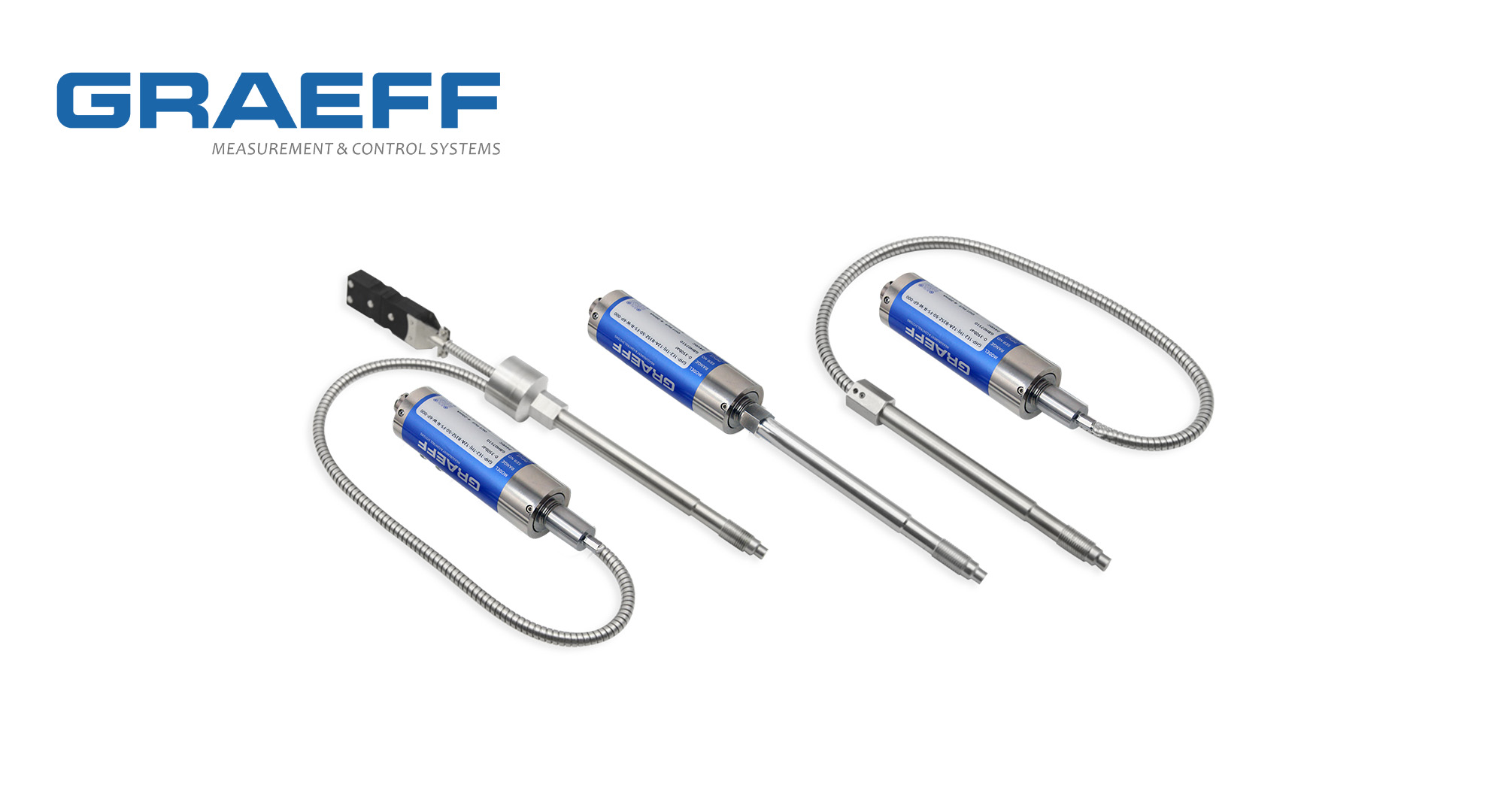
G系列熔体压力传感器:
GRAEFF(格拉夫)熔体压力传感器系列由不锈钢制成,其他材科由特殊工艺制造并通过高强度测试。本系列产品使用寿命长、测量性能精确零点受温度影响更小更稳定。
可用于精确测量熔体压力,确保挤出过程的稳定性,避免因压力波动导致的产品缺陷。
G Series Melt pressure sensor
The GRAEFF melt pressure sensor series is made of stainless steel, while other materials are manufactured through special processes and have passed high-strength tests. This series of products have a long service life, precise measurement performance, and the zero point is less and more stable affected by temperature.
It can be used to precisely measure the melt pressure, ensuring the stability of the extrusion process and avoiding product defects caused by pressure fluctuations.
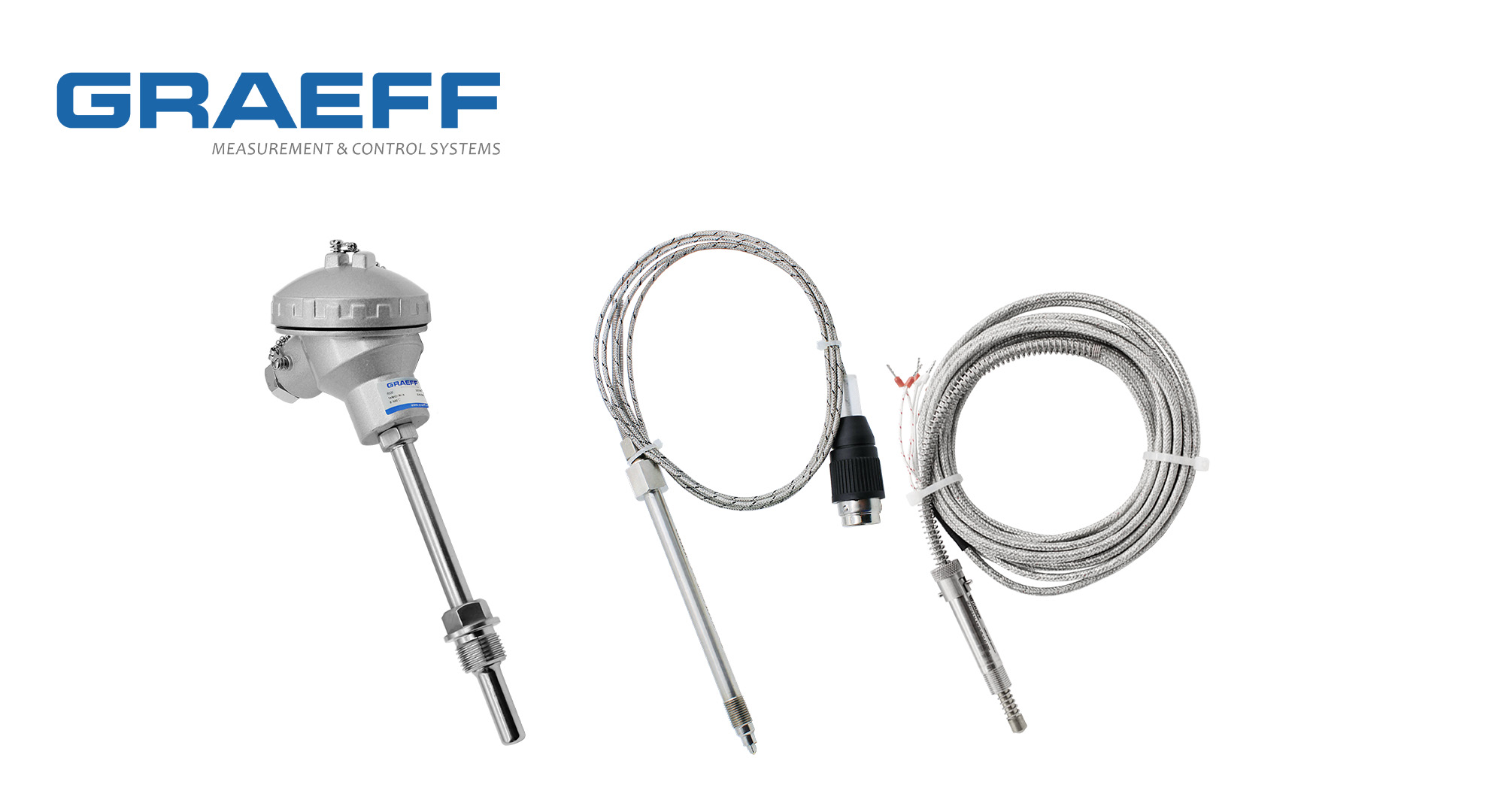
GT系列温度传感器:
温度传感器系列特别适用于塑料技术、制药工业、发电厂技术、加热和冷却技术、化工厂和模具制造等领域的工具、加热块等的温度检测。使用优质材质的组合,该系列没有任何限制。
能够实时监测料筒内的温度变化,确保塑料在合适的温度下熔融,避免因温度过高或过低导致的加工问题。
GT Series Temperature sensor
The temperature sensor series is particularly suitable for temperature detection of tools, heating blocks, etc. in fields such as plastic technology, pharmaceutical industry, power plant technology, heating and cooling technology, chemical plants and mold manufacturing. This series has no restrictions on the combination of high-quality materials.
It can monitor the temperature changes inside the barrel in real time to ensure that the plastic melts at an appropriate temperature and avoid processing problems caused by excessively high or low temperatures.
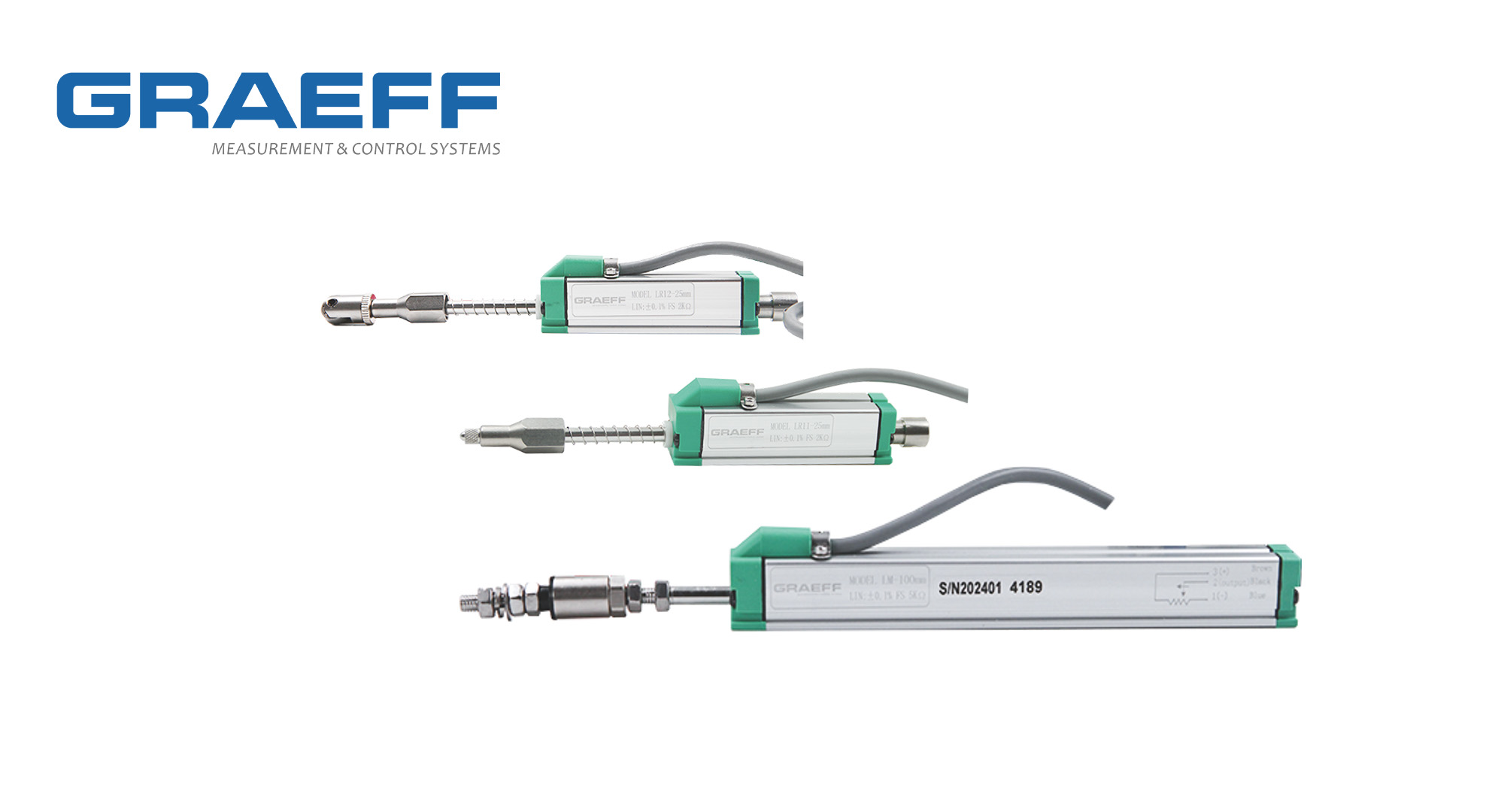
GD系列位移传感器:
GD系列位移传感器又称为线性位移传感器,是一种属于金属感应的线性器件,其作用是把各种被测量物理量转换为电量。
可用于监测模具的变形情况,确保模具在高温高压下的稳定性,从而保证制品的尺寸精度。
GRAEFF(格拉夫)凭借其先进的传感器技术,为挤出成型设备提供了全方位的监测和控制解决方案,助力企业提升生产效率和产品质量。
GD Series Displacement sensor
The GD series displacement sensor, also known as the linear displacement sensor, is a linear device that belongs to metal induction. Its function is to convert various measured physical quantities into electrical quantities.
It can be used to monitor the deformation of molds, ensuring their stability under high temperature and high pressure, thereby guaranteeing the dimensional accuracy of the products.
GRAEFF, with its advanced sensor technology, provides comprehensive monitoring and control solutions for extrusion molding equipment, helping enterprises enhance production efficiency and product quality.
二、挤出成型的原理The principle of extrusion molding
挤出成型是一种将热塑性塑料等材料通过加热和机械剪切作用转变为熔融状态,并通过模具挤出成型为特定形状产品的加工工艺。其基本原理是利用挤出机的螺杆旋转,将固体塑料加热至熔融状态,形成粘流态物料,然后通过具有一定形状的口模挤出成型,并通过冷却定型为最终产品。
Extrusion molding is a processing technique that transforms materials such as thermoplastics into a molten state through heating and mechanical shearing, and then extrude them into products of specific shapes through molds. The basic principle is to use the rotation of the screw in the extruder to heat solid plastic to a molten state, forming a viscous flow material. Then, it is extruded into shape through a die with a certain shape and cooled to solidify into the final product.
三、挤出成型的设备组成The equipment composition for extrusion molding
挤出成型设备主要包括以下几个关键部分:
1. 挤出机:
·加料装置:用于向料筒提供物料,通常配备保温夹套和自动加料装置。
·螺杆与料筒:螺杆通过旋转提供剪切力和推进力,使物料熔融和混合。料筒则为螺杆提供支撑,并对物料进行加热。
·加热与冷却系统:加热系统用于将物料加热至熔融状态,冷却系统则用于控制螺杆和料筒的温度,确保物料均匀塑化。
·传动系统:驱动螺杆旋转,提供所需的扭矩。
Extrusion molding equipment mainly includes the following key parts:
1. Extruder
· Feeding device: It is used to supply materials to the barrel and is usually equipped with an insulating jacket and an automatic feeding device.
· Screw and barrel: The screw provides shearing force and propulsion force through rotation, causing the material to melt and mix. The barrel provides support for the screw and heats the material.
· Heating and cooling system: The heating system is used to heat the material to a molten state, while the cooling system is used to control the temperature of the screw and barrel to ensure uniform plasticization of the material.
· Transmission system: Drives the screw to rotate and provides the required torque.
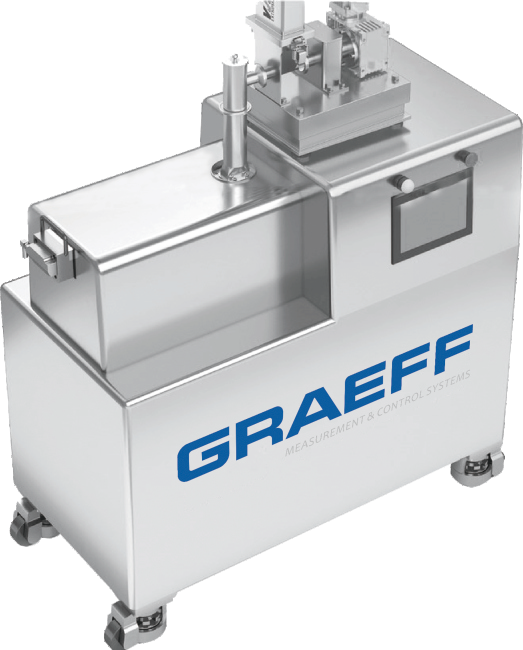
1. 机头和口模:
·机头:包括分流器、分流器支架、管芯等部件,用于调整物料流动方向和成型管材内表面。
·口模:决定挤出物的形状和尺寸。
2. Machine head and die
· Head: It includes components such as the diverter, diverter bracket, and pipe core, which are used to adjust the flow direction of the material and the inner surface of the formed pipe.
· Die: Determines the shape and size of the extruded material.
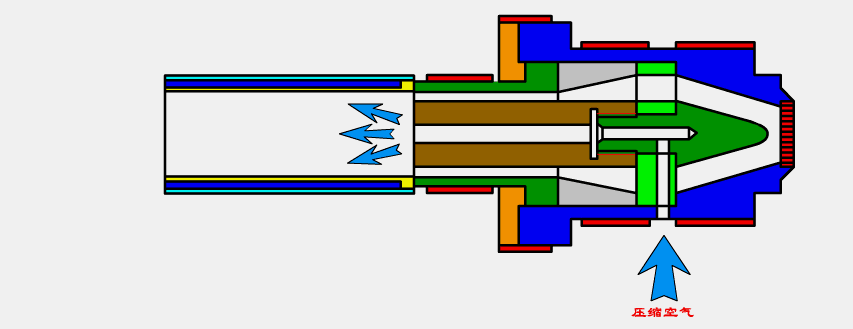
1. 附属设备:
·冷却装置:如冷却水槽、冷却风道等,用于对挤出物进行冷却定型。
·牵引装置:用于拉伸和牵引挤出物,消除离模膨胀效应。
·切割装置:用于将连续挤出的产品切割成所需长度。
3. Ancillary equipment:
· Cooling devices: such as cooling water tanks, cooling air ducts, etc., are used to cool and shape the extruded materials.
· Traction device: It is used for stretching and pulling extrudates to eliminate the expansion effect upon demolding.
· Cutting device: It is used to cut continuously extruded products into the required length.
四、挤出成型的工艺流程The process flow of extrusion molding
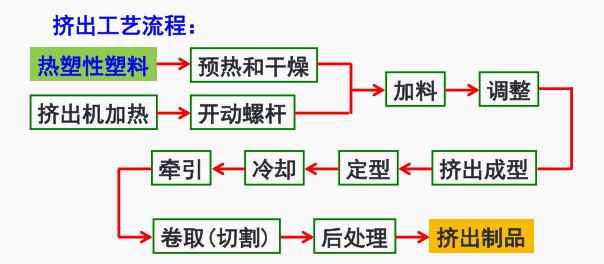
挤出成型的工艺流程主要包括以下步骤:
1. 原料准备与预处理:将原料(如颗粒、粉末等)进行干燥和预混合,确保无杂质和水分。
2. 加料与塑化:将预处理后的原料通过加料装置送入挤出机的料筒中,在螺杆的旋转和加热作用下,原料逐渐熔融并形成均匀的熔体。
3. 挤出成型:熔融的物料在螺杆的推力作用下,通过机头和口模挤出成型为所需形状的产品。
4. 冷却定型:挤出物通过冷却装置(如冷却水槽)进行冷却,使其固化成型。
5. 牵引与切割:通过牵引装置将冷却后的型材拉伸并牵引出来,然后通过切割装置将其切割成所需长度。
6. 后处理:包括热处理、表面处理等,以提高产品的尺寸稳定性和性能。
The process flow of extrusion molding mainly includes the following steps:
1. Raw material preparation and pretreatment: Dry and pre-mix raw materials (such as granules, powders, etc.) to ensure they are free of impurities and moisture.
2. Feeding and plasticizing: The pre-treated raw materials are fed into the barrel of the extruder through the feeding device. Under the rotation and heating of the screw, the raw materials gradually melt and form a uniform melt.
3. Extrusion molding: Under the thrust of the screw, the molten material is extruded through the die head and die to form the desired shape of the product.
4. Cooling and shaping: The extruded material is cooled through a cooling device (such as a cooling water tank) to solidify and form.
5. Traction and Cutting: The cooled profile is stretched and pulled out through the traction device, and then cut to the required length through the cutting device.
6. Post-treatment: including heat treatment, surface treatment, etc., to enhance the dimensional stability and performance of the product.
五、总结Summary
挤出成型技术因其高效、连续的特点,在塑料加工领域占据重要地位。传感器作为挤出成型设备的关键组成部分,通过实时监测和控制温度、压力、流量等参数,确保了生产过程的稳定性和产品质量的一致性。GRAEFF(格拉夫)的传感器产品凭借其高精度和可靠性,为挤出成型工艺提供了强大的技术支持,助力企业实现自动化和智能化生产。
Extrusion molding technology holds an important position in the field of plastic processing due to its high efficiency and continuous nature. As a key component of extrusion molding equipment, sensors ensure the stability of the production process and the consistency of product quality by real-time monitoring and controlling parameters such as temperature, pressure and flow rate. GRAEFF's sensor products, with their high precision and reliability, provide strong technical support for the extrusion molding process, helping enterprises achieve automated and intelligent production.








